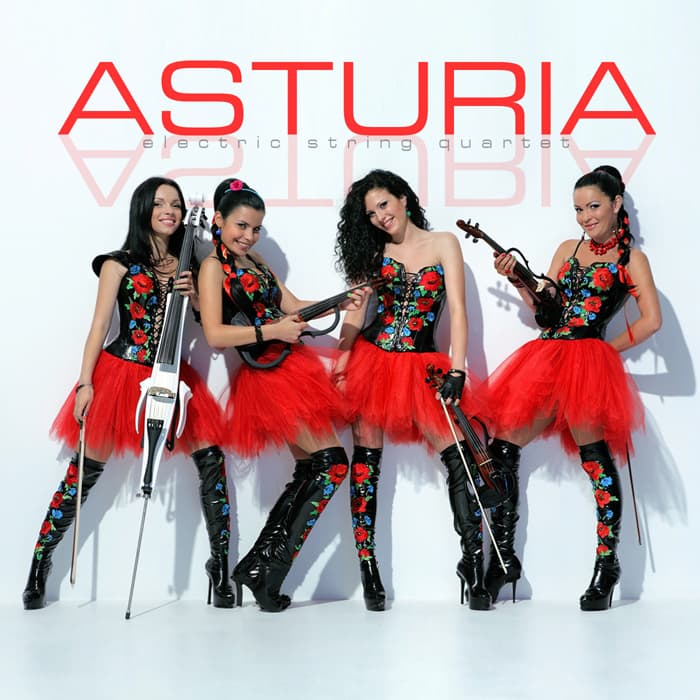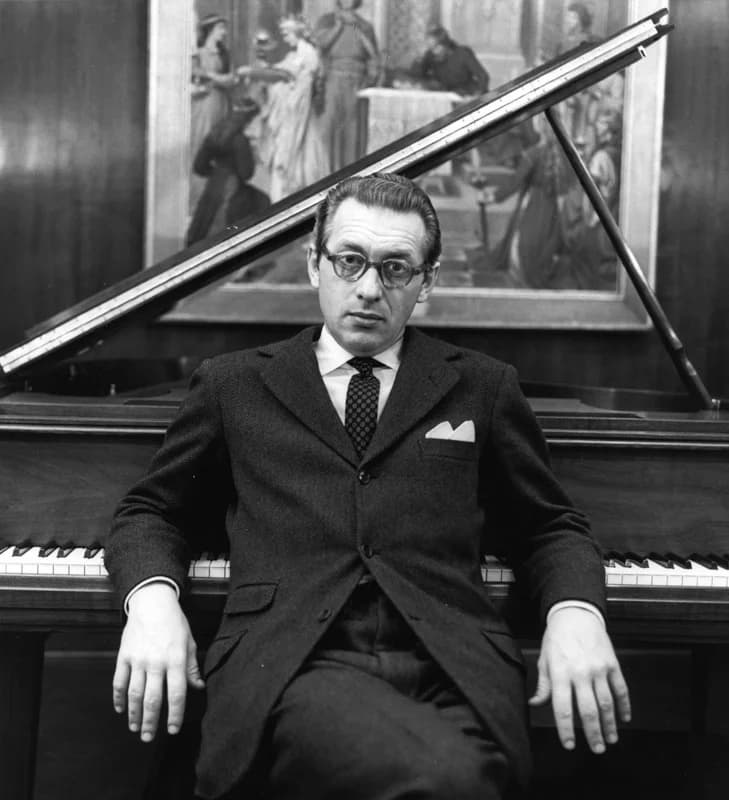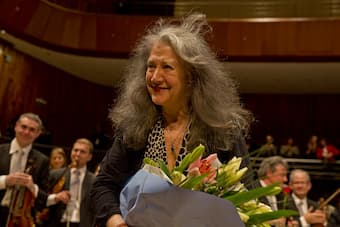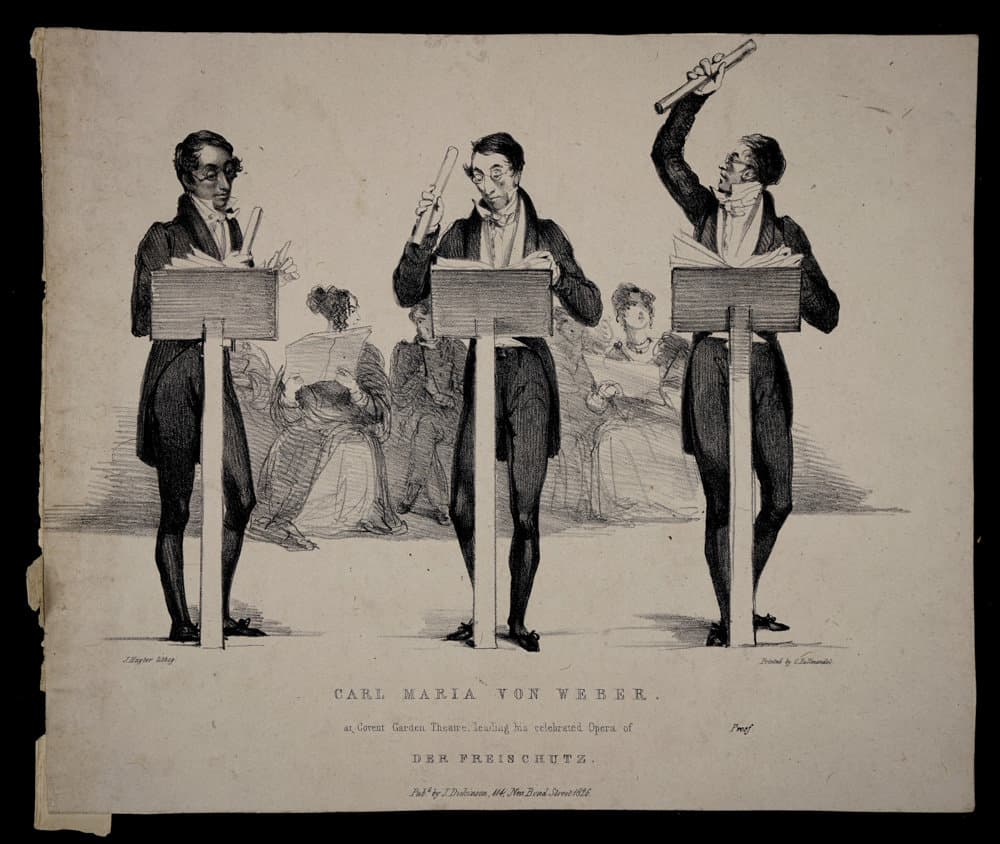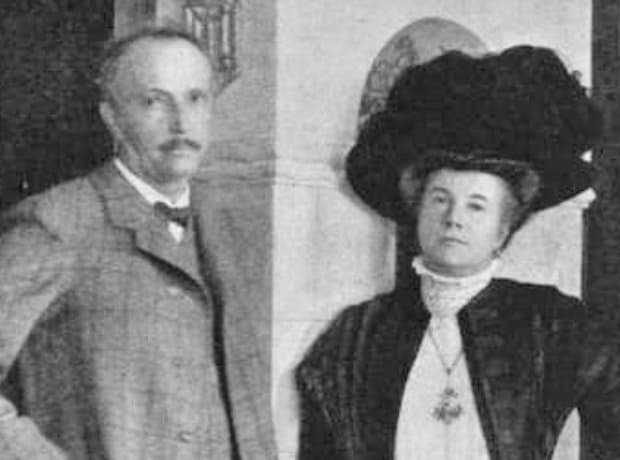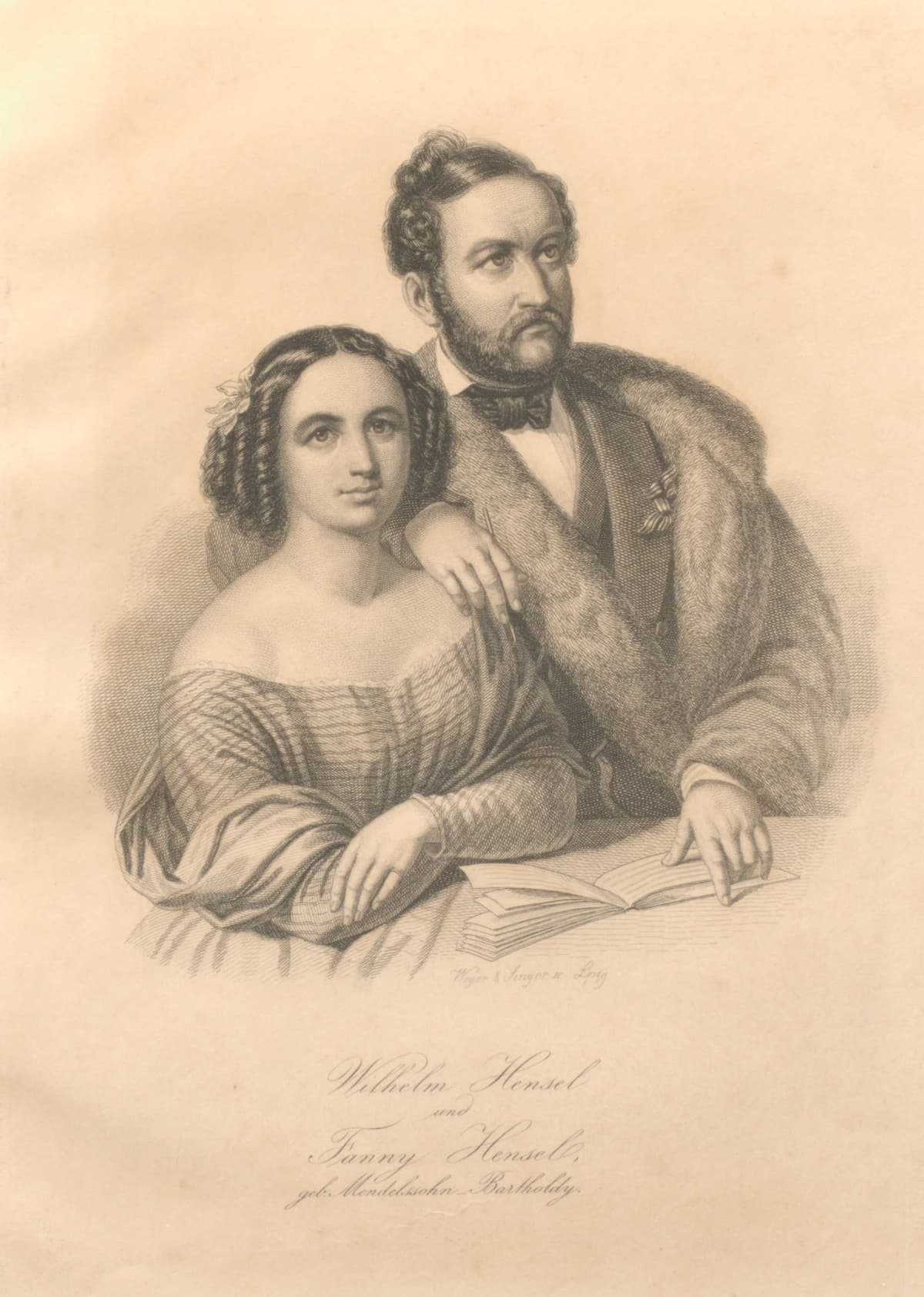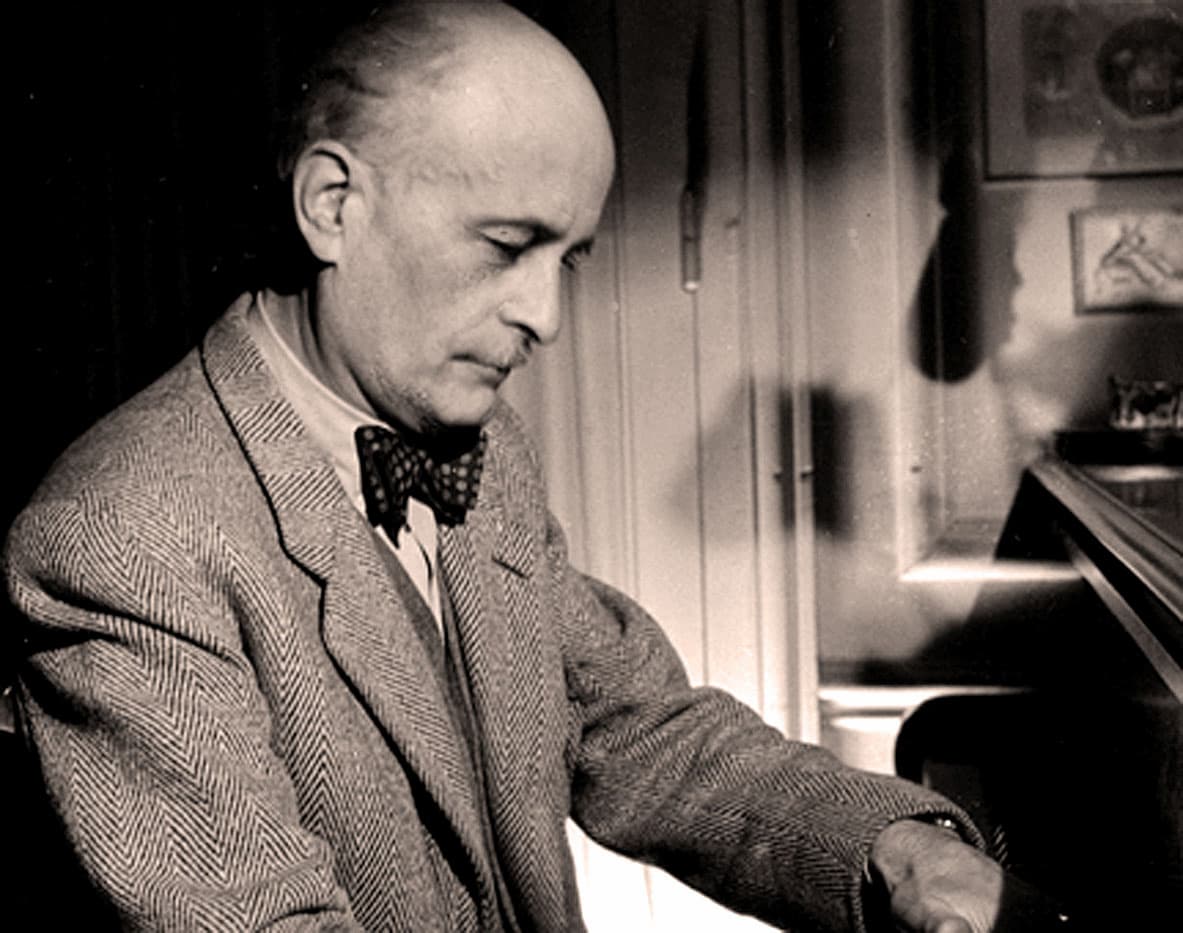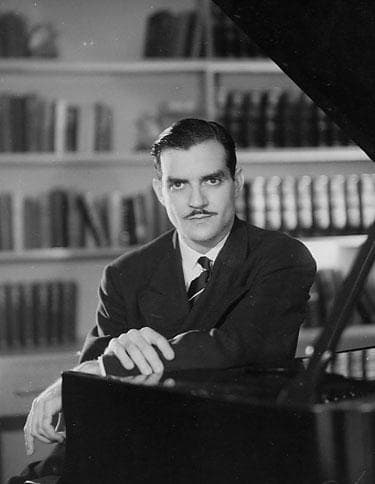Mozart: Little Night Music Wolfgang Amadeus Mozart must be considered as one of the greatest composers in the history of Western music, and he literally left us hundreds of earworm tunes admired for their melodic beauty and formal elegance. Even
Articles
The Swiss-Hungarian pianist Géza Anda was a celebrated interpreter of the classical and romantic repertoire. Capable of resolving the most strenuous difficulties into crystalline poetry and producing a unique tonal sheen and refined cantabile, Wilhelm Furtwängler famously called him “a
Martha Argerich is simultaneously one of the most celebrated and most enigmatic of classical music stars. Many people call her the greatest pianist of her generation – and others, the greatest pianist who ever lived! Today, we are taking a
Carl Maria von Weber (1786-1826) stunned the musical world in 1821 with the premier performance of Der Freischütz (The Marksman). Setting his career as a pianist and critic aside, Weber had created a work that fully embodied the energies of
The four songs of Richard Strauss’ Op. 27 are among the most admired and most frequently performed vocal works. They include “Ruhe, meine Seele!” to a poem by Karl Henckell, “Cäcilie” to a poem by Heinrich Hart, and “Heimliche Aufforderung”
In 1826/27, Felix Mendelssohn published a collection of songs as his Opus 8, followed by a further collection in 1830, his Op. 9. Yet hidden in these collections are actually 6 Lieder composed by his sister Fanny Mendelssohn, published under
French composer Jacques Ibert wrote his Concerto for Cello and Wind Orchestra in 1925 and so much of it reflects the kind of composer Ibert had made himself into. Where we expect concertos to be fairly heavy forms with plenty
The Cuban-born virtuoso Jorge Bolet (1914-1990) was one of the leading advocates of Romantic pianism. From his days as a child prodigy there never was a doubt about his phenomenal talent, as his technique ranked with that of any living

